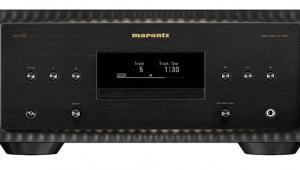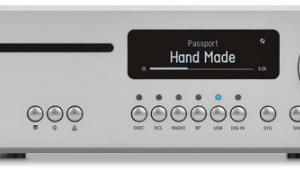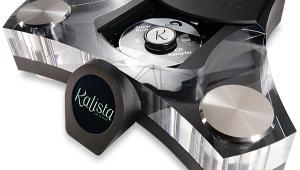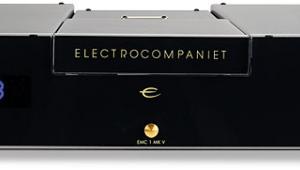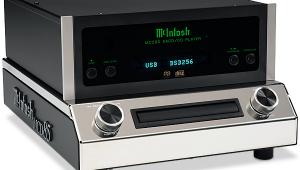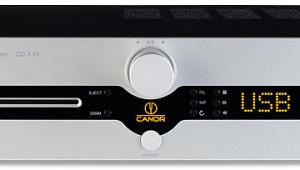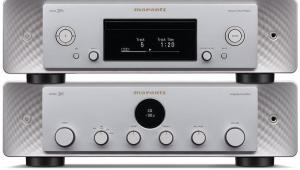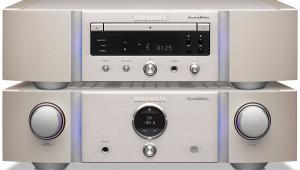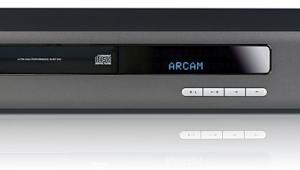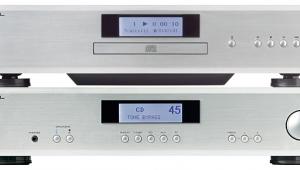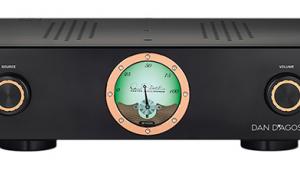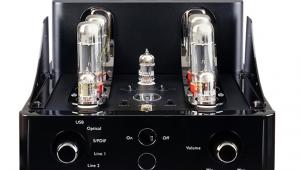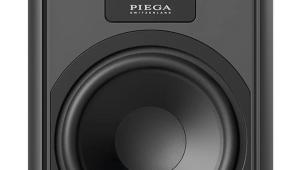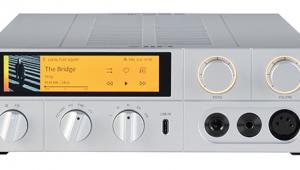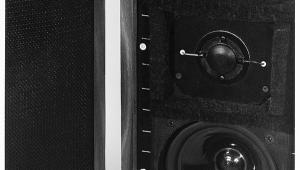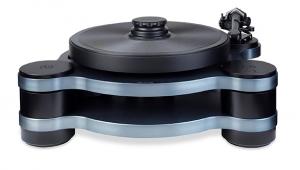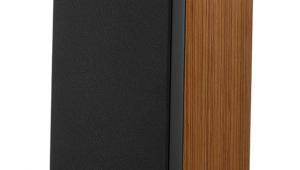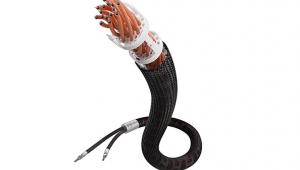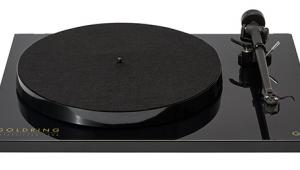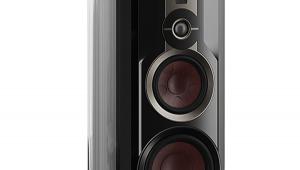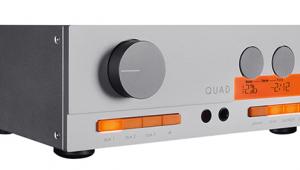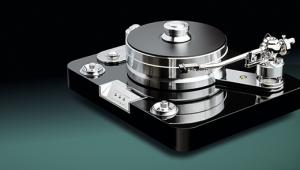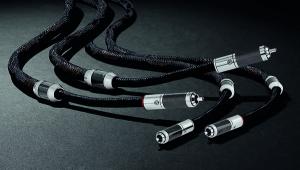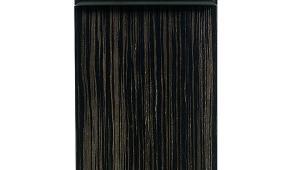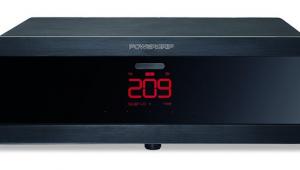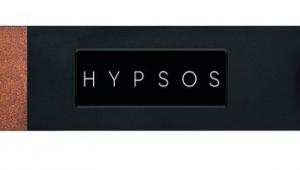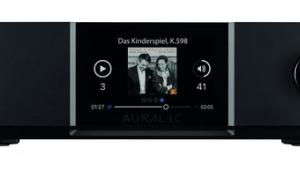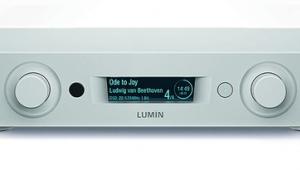Marantz SACD 10/Model 10 Getting in shape
Tap through the digital ‘Filter’ and ‘Dither’ options in the SACD 10’s configuration menu and you’ll discover another sound-tuning facility labelled ‘Noise Shaper’. Four different noise-shaping profiles are offered here albeit with Marantz claiming ‘The measurements are the same but the sound quality changes. Set as desired’. In practice, changes to the order of noise-shaping are perfectly visible on test, albeit outside of the audioband, as we see in the graph below.
But... what is ‘noise-shaping’? Also called digital feedback, it’s the reshaping of broadband noise caused by the truncation and upsampling of data from, say, 384kHz/32-bit to the very high speed 1-bit datastream that drives Marantz’s MMM DAC technology. Higher-order noise-shaping pushes more noise out to higher ultrasonic frequencies, recovering the S/N ratio within the 20Hz-20kHz audio range at the expense of more ‘hash’ out at 50kHz and beyond.
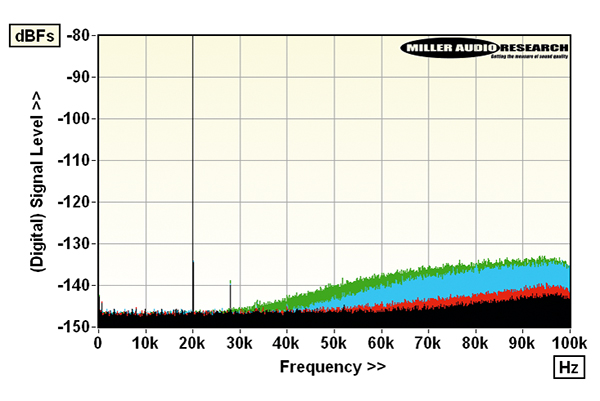
In this instance, the highest (4th-order) noise-shaping is used by ‘Dynamic Music’ [black], and ‘Dynamic Voice’ [red]. Compare this with the lower (3rd-order) ‘Balanced’ [blue] and ‘Natural’ [green] – the stimulus signal here is at 20kHz/–80dBFs while the smaller, adjacent peak at 28kHz is the alias image from the 48kHz sample rate. Incidentally, the A-wtd S/N ratios are all ~114.2dB except with the ‘Balanced’ option at 113.6dB. Any subjective differences may also be related to the effect of this noise on your choice of partnering amplifier. PM
